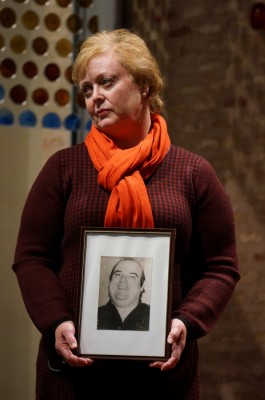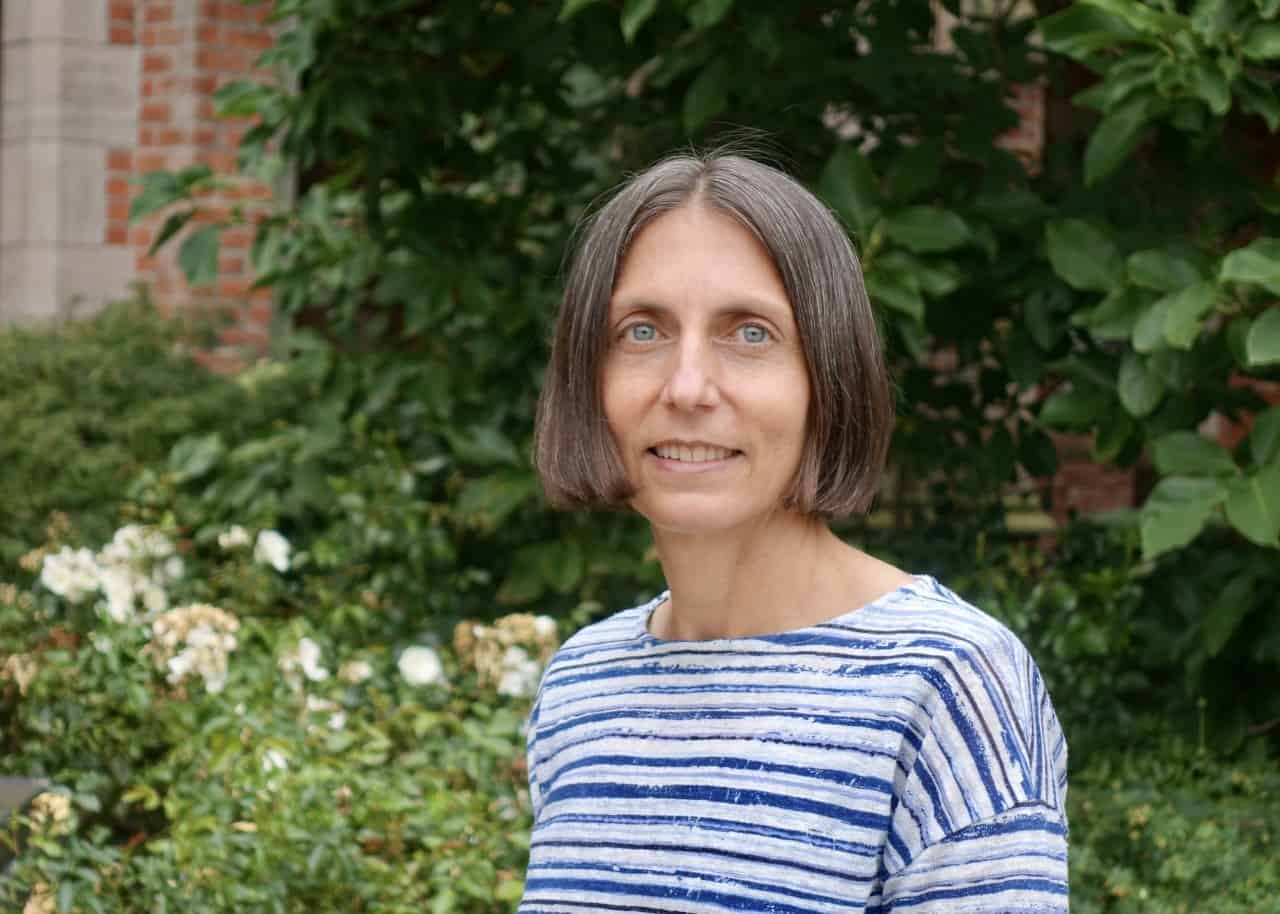 I was already inside the doors of the Skainos Centre in East Belfast before it was charged by protesters. They hurled missiles and fireworks and banged on the doors and windows. Four police officers were hurt keeping the crowd at bay.
I was already inside the doors of the Skainos Centre in East Belfast before it was charged by protesters. They hurled missiles and fireworks and banged on the doors and windows. Four police officers were hurt keeping the crowd at bay.
As is well known by now, the protesters objected to an event called “Listening to your Enemies,” at which Brighton bomber Patrick Magee and Jo Berry, the daughter of a victim of the blast, Sir Anthony Berry MP, told their stories.
The event was part of the second annual 4 Corners Festival, an initiative organised by a group of Christians with the tagline “Bringing Belfast Together.” One of the aims of the Festival is to encourage people to cross not only the city’s geographical boundaries (which often keep our so-called “two communities” segregated), but also their mental boundaries.
For the organisers of the Festival, that means listening to what someone you disagree with has to say.
So the irony of what unfolded on the lower Newtownards Road has not been lost on me. The protesters clearly did not want Pat Magee in “their” part of the city, nor did they want to listen to him. And those of us who were inside the sanctuary of the East Belfast Mission Methodist Church, which is part of the Skainos Centre, were in a place where we could not listen to the protesters.
There was a lack of listening on all sides.
But as Jo Berry said on the night, to listen to each other you need safe spaces. Most news reports have focused on the dramatic action outside the building – obviously not a safe space. A few blogs have provided more detail about what actually happened inside. (See Rev Steve Stockman and Dave Magee’s accounts.) These blogs focus mainly on what Berry and Magee had to say, although mentioning some of the contributions from the audience. They show that at least for some of those inside the church, it was a safe space for them to speak – and be heard.

For me, the most compelling evidence for that came not from the testimonies of Berry or Magee, but from the first woman to speak from the floor. She is the widow of milkman Patrick Brady, who she described as murdered in retaliation for the Brighton bomb.
She had brought a framed photograph of her husband with her. And she told her story of her husband’s life. She included details of how and why she believed he was killed, his personality, his relationship with their children, his volunteer work, and his fondness for Dr Who. She spoke of how their children continued his legacy of volunteer work in the community, and how they were committed to building a better future.
Rev Lesley Carroll, who was chairing the event, held the photograph of Mr Brady at the front of the sanctuary. As another member of the audience later said: “you have honoured your husband tonight.”
This testimony was of course moving in and of itself. But it also illustrates how important it is to create opportunities for these types of conversation. It’s not just so Pat Magee can justify himself, as many critics have claimed over the airwaves in the last few days. It’s so someone like Mrs Brady can look Mr Magee in the eye and tell him about a life cut short. It’s so all those present can listen and hear that story. It’s so her pain and her husband’s life can be acknowledged.
This point about recognising and acknowledging the suffering of victims, as well as providing public platforms for their loved one’s lives to be remembered, should not be lost as Northern Ireland stumbles towards the future. That other victims also braved the protesters to attend the event – and have their say – illustrates that we must provide these opportunities for people.
There have been some comments on an earlier post on this blog that Berry is the “right” kind of victim, the kind that is liked by the so-called “conflict resolutionists.” As a professional academic who is probably lumped in with the “conflict resolutionists,” I don’t want to promote some victims and not others.
But I do think victims should have a choice about how the past, their loved ones, and their own suffering, is remembered. Berry, Mrs Brady, and others made a choice on Thursday night and I am glad they had had that opportunity.
Other victims will make different choices and it’s not right for us to limit their choices. One of the strengths of the Eames-Bradley report was that it provided a range of options for victims for how they personally could choose to seek truth about what happened to their loved ones. Such mechanisms will never achieve perfect truth or justice, but they move us in that direction and serve as forms of recognition and public acknowledgement.
As academic, I strive to base my own conclusions on such matters on actual empirical data, not my own whims. Comparative research from around the world confirms that societies that lack strong mechanisms for dealing with the past just do not transition as well to peaceful futures.
Speaking recently at an event at the Institute for Conflict Transformation and Social Justice at Queen’s, Prof John Paul Lederach of the University of Notre Dame shared some of that data from the Kroc Institute’s “Peace Accords Matrix.”
The researchers there have analysed 34 recent peace agreements, examining their specific provisions and then evaluating how those provisions have been implemented over the last ten years. Lederach said there are two main lessons from this project:
- Agreements with more robust engagement and implementation provisions on the past correlate with a better quality and sustainability of peace. Those with weak provisions on the past had fewer indicators of peaceful transformation.
- Almost all provisions on the past took far longer than initially expected or stipulated. So while it’s naïve to think societies can just “move on” without dealing with the past, it is wiser to think in decades, if not generations, when trying to build a basis for the future.
The events outside the Skainos Centre may lead some to conclude that more efforts to deal with the past, especially those that involving listening to and trying to understand “your enemies,” are misguided. The events inside tell a different story.
They remind us it is not easy. They remind us it will take a long time. They remind us that too many people don’t yet have a choice about how the past is remembered.
Who are we listening to? Unfortunately, a select few – usually people we already agree with. And that’s a problem for all of us.
Photos by Brian O’Neill see more photos from the event here…

Gladys is a Professor of Sociology at Queen’s University Belfast and a member of the Royal Irish Academy.
She is also a runner who has represented Ireland and Northern Ireland. She blogs on religion and politics at gladysganiel.com
Discover more from Slugger O'Toole
Subscribe to get the latest posts to your email.